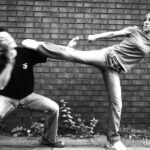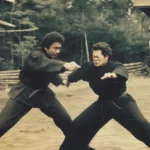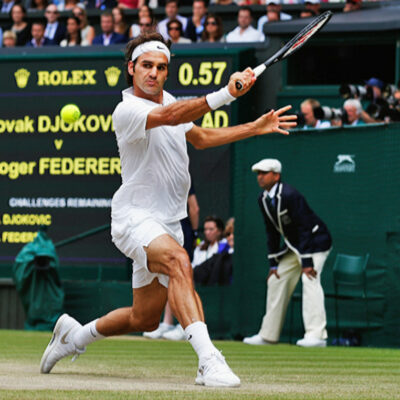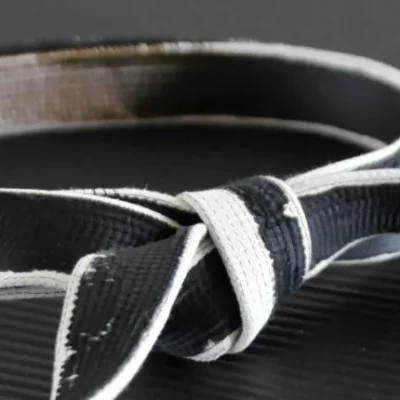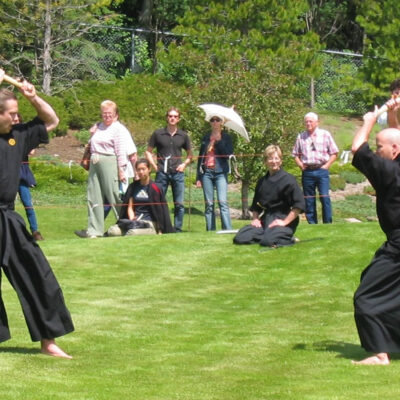Many consider MMA as a revolution in Martial Arts – the concept of studying different things simultaneously. And while MMA as a Sport is a recent development, the mixing of Arts is much older.
The UFC has reinvigorated sporting martial arts. In the beginning it was a test of different arts; different artist entered the ring to see who’s martial art was the best. As the UFC matured, it became evident that certain arts provided a distinct advantage in one area over another; grappling arts did better on the ground, while striking arts fared better on their feet. Soon competitors began to study multiple arts in order to have a more well rounded arsenal in competition. Thus gave birth to MMA. And while this term is relatively new, the concept is not.
Many credit Bruce Lee as the forefather of MMA with his system of Jeet Kune Do. Bruce Lee first went against the status quo by teaching foreigners Chinese martial arts – which was a big controversy within the Kung Fu community. He then developed his own martial art system by combining Kung Fu with other principles and techniques from other non-chinese arts. Many considered this revolutionary – which it was at the time – but the concept of combining arts predates even Bruce Lee.
In the 1940’s, Imi Litchenfield began teaching a form of Street Fighting that combined different arts, such as boxing and wrestling, that he developed while defending the Jewish quarter in the 1930’s. He taught this in Israel to what would become the IDF (Isreali Defense Force); this became Krav Maga. As it continued to develop, it expand to take techniques from everything from Muay Thai to Judo. It was developed to teach citizens (who in Israel have to serve in the military) quickly how to defend themselves as soldiers in the IDF.
Krav Maga, and other arts like it weren’t the first system to combine arts to meet the needs of combat. These traditions go much further back to the ancient world.
Fuedal Japan’s warriors – the Samurai and Ninja – had to become well versed in a variety of Martial Arts to survive the battlefield. Many of these ancient soldiers studied multiple schools of martial arts in an effort to become well rounded and find an edge on the battlefield.
In fact, the specialization of a martial art is a much more recent phenomenon. The older the tradition, the more you find a variety of skills taught.
As units of Ninja and Samurai worked along side each other, certain ideas and concepts were shared as well. Many “Samurai” arts have bits and pieces of Ninjutsu in their scrolls.
Even the primary concepts of Ninjutsu, what we consider a Japanese art, most likely originated from Tsun Zu’s “Art of War”. The Art of War is a Chinese treatise on warfare that is continued to be studied by Military and Martial Artists across the globe.
Japan of course doesn’t have a monopoly on mixing martial arts. We can safely assume that this was happening across the ancient world. And as the world became smaller and more interconnected, the more different martial arts influenced one another.
No art develops in a vacuum – it is always influenced by the environment and participants surrounding the art. When tactics become less effective, new methods and weapons are developed.
This happens in the MMA ring as well. Brazilian Jiu Jutsu became popular when the Gracie Family dominated the Octagon using Gi chokes. When the UFC removed the Gi, practitioners had to rely less on that particular set of skills and supplement with more striking.
The concept of mixing martial arts has a long history connecting to the battlefields of the ancient world. And while the UFC has given new exposure to the concept, and Bruce Lee inspired a new generation to embrace this idea, it’s not really something new in the world of Martial Arts.

